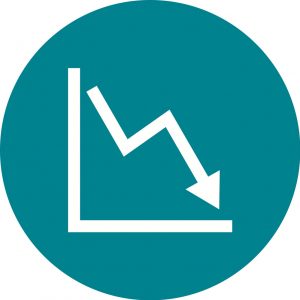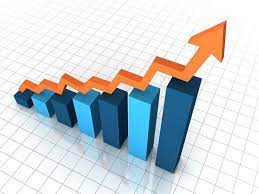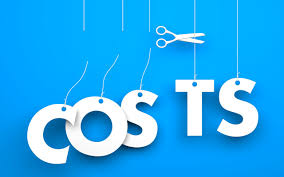As farmland prices have exploded higher over the last 12 months, there are a lot of farmers keen to understand the effect it will have on farmland lease rates. Unlike sale transactions, lease prices are not often reported or registered, so the lease market can be opaque. Also, given the length of some lease agreements, there is often a lag between property values increasing and any effect on lease prices. So what should we expect?
Farmland lease yields have declined
 |
While lease yields are reducing, along with the decline in interest rates, yields have reduced across most asset classes. The old guide of rents as 4-5% of land price are difficult to support where land values have increased so rapidly in the past 18 months. |
One large segment of lessors we deal with are retired farmers or absentee owners, often using the lease income to fund their retirement or provide investment income. While they might be keen on lease increases, debt levels are often low to non-existent, and the thinking might be if lease income increases alongside the cost of living, they are no worse off. Also, they are invested in an asset class they know intimately and that has been growing in value, so are unlikely to exit based on declining yields alone.
Corporate farms can be broadly split into owner operator and owner lease models. The latter segment of lessors might find the reducing yields more of a challenge than the retired farmer segment; their investment vehicles are often designed and marketed to provide their investors with a dividend of a certain percentage of funds under management. Recently we have seen some corporates divest of assets previously leased out, which might be less of a view on rural property prices, and more of an inability to generate operational returns required by investors going forward.
Demand for leases
| We expect demand to increase as there will be many businesses looking to expand operations but deterred from purchasing or unable to purchase due to the increased prices. Combined with recent good seasons and commodity pricing, this might put some upward pressure on lease prices, however demand is elastic; it evaporates at the point it ceases to be economically viable to lease the land and operate it at a profit. |  |
Looking at a couple of recent property sales in Western Victoria in October and estimating a yield using nearby lease prices that we are aware of, we can see that implied current yields might be well below 2%. Refer to Table 1.
We have recently seen offers from corporate landowners of 4% yields (owner to pay rates and insurance), but applying it to our recent sales, it would not likely generate a lot of interest.
Table 1: Lease rates estimated by yield 4.0%, 2.0% and 1.5%
| Sale price ($/acre) | Lease price at 4% yield ($/acre) | Lease Price at 2% yield ($/acre) | Lease Price at 1.5% yield $/acre) | |
| Ross Bridge | 13,500 | 540 | 270 | 202 |
| Marnoo | 8,000 | 320 | 160 | 120 |
How do we position ourselves in the current market?
As discussed above lease rates were often estimated as a 4% return on the land value per acre. This is no longer achievable, as seen in the table above. To make an analysis of lease costs per acre now relies more heavily on analysis of the productive capacity of the land and assessing the costs of production.
 |
A production-based metric involves evaluating the gross margin with allocation of an acceptable proportion as payment of the lease. Historically this has approximated 50% of the crop net income after input expenses and machinery operating costs. |
To undertake this exercise assumptions are required to be made about the achievable yields and market prices, along with the costs of inputs.
Table 2 – Crop net income (exc overheads) analysis of lease rate
|
$/HA |
$/Acre |
|
| Total Income | $780 | $315 |
| less Costs of production exc overheads | $400 | $162 |
| equals Gross Profit | $300 | $153 |
| 50% share to lessor | $150 | $77 |
A business operator may elect to exclude machinery operations costs and absorb this to enhance their probability of being successful in obtaining the lease and achieving other benefits. Table 3 demonstrates the variance in lease rates between the two approaches.
Table 3 – Crop gross income analysis of lease rate
| $/HA | $/Acre | |
| Total Income | $780 | $315 |
| less Costs of production exc overheads & machinery operating costs | $211 | $85 |
| equals adjusted Gross Profit | $569 | $230 |
| 50% share to lessor | $284 | $115 |
Sharing the risk?
| We also expect more interest in sharefarming options from landowners looking to improve lease yields, which involves the landowners participating in some of the production and price risk.
Over the years we have seen many methods of calculating a profit-sharing arrangement. The percentage splits will differ in different production areas (along with associated production risk), but simply put, the greater the share of costs the greater the share of income. For any agreement to work, it is of critical importance that both parties understand the implications of what they are signing up to, and to have everything detailed in the agreement from the outset. If structured correctly it can provide a real win/win for both parties. The lessee lessons their risk, the owner participates in more upside in the good years |
 |
If you would like help exploring lease options and the alternatives, ORM can assist with analysing the financial outcomes and developing a range of options – Contact Us